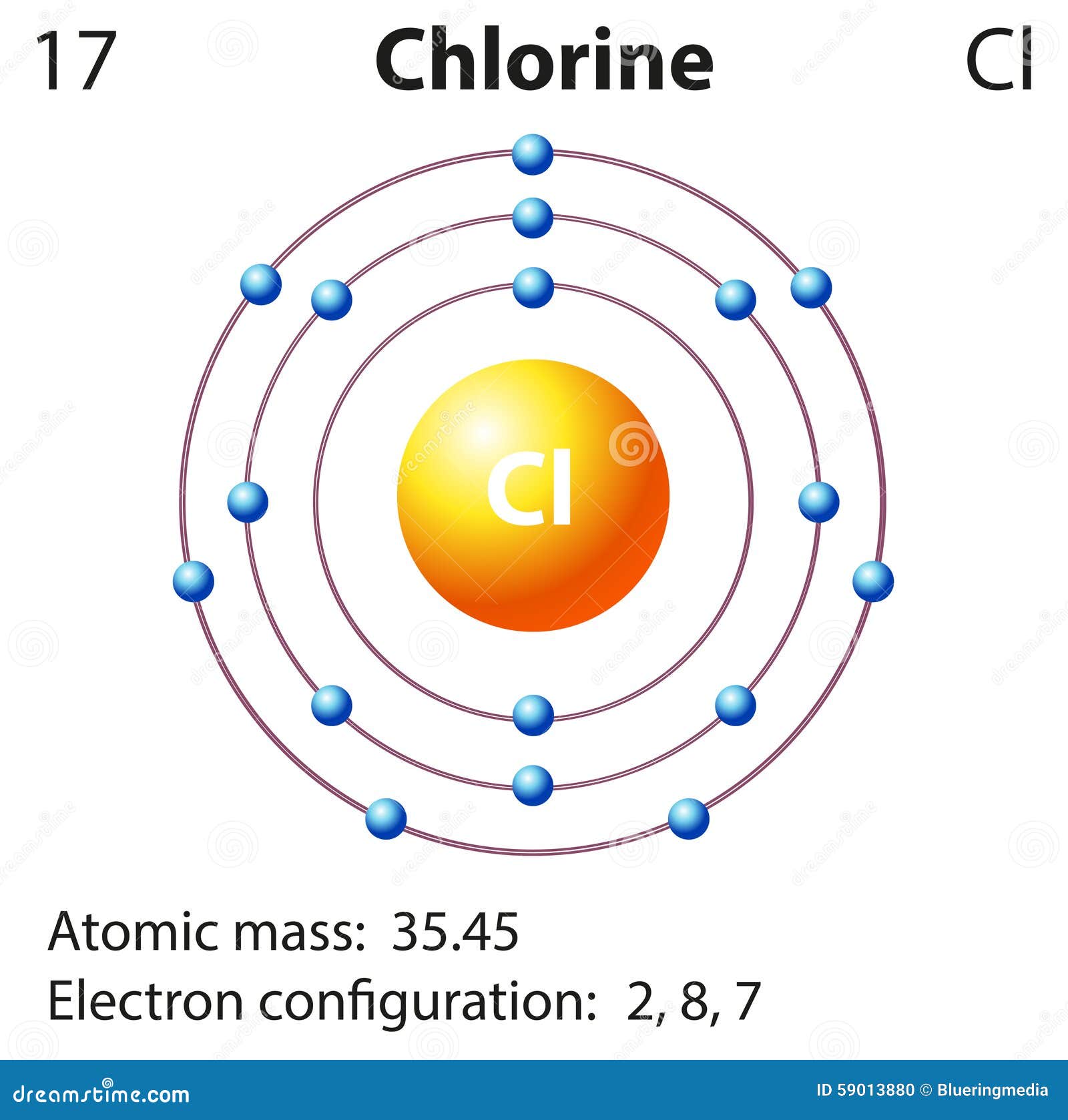

On the periodic table, we can see that the relative atomic mass of chlorine is 35.5. Using this formula, the relative atomic mass of chlorine would be: We can calculate the relative atomic mass of chlorine using this formula: Ar = sum of isotope mass x isotope abundance / 100. Three-quarters of the chlorine found in nature is chlorine-35, while one-quarter is chlorine-37. This is known as percentage abundance.įor example, chlorine has two isotopes: chlorine-35 and chlorine-37. This average is weighted based on how often each isotope occurs in nature.

The number we see on the periodic table for an element's relative atomic mass is the average of the masses of all its isotopes. Some isotopes are more common than others, and the relative atomic mass takes this into account. Each element has different isotopes, which are atoms with the same number of protons but different numbers of neutrons. Relative atomic mass (RAM or Ar) is the way we measure the mass of an element's isotopes compared to the mass of a carbon-12 atom. Note: You won’t use this formula in your exam but it’s good to know! What is relative atomic mass? 1u equals of the mass of a carbon-12 atom. To calculate the relative isotopic mass () scientists use this formula: = Scientists measure the mass of an atom of an isotope by comparing it to one unified atomic mass unit or 1u. The mass of an atom of an isotope compared to of the mass of carbon-12 is called relative isotopic mass. When an atom of the same element has a different number of neutrons, it is called an isotope. In nature, two of the same atoms can exist but have a different number of neutrons. So, let's dive in and explore the fascinating world of relative atomic mass! What is relative isotopic mass? We'll also explore why a weighted average of masses is used.
#CHLORINE ATOMIC MASS HOW TO#
Then, we'll learn how to calculate relative atomic mass (Ar) and relative formula mass (Mr) using this standard. First, we'll talk about the carbon-12 standard and how it works. In this article, we will learn about relative masses. When we say relative mass, we mean the mass of an atom or molecule compared to the mass of a carbon-12 atom. They use the mass of a carbon-12 atom as the basis to measure the masses of all other atoms. Scientists have found a better way to measure the mass of an atom. The formula weight is simply the weight in atomic mass units of all the atoms in a given formula.Atoms are so tiny that it is difficult to measure them using a device! Olive When calculating molecular weight of a chemical compound, it tells us how many grams are in one mole of that substance. These relative weights computed from the chemical equation are sometimes called equation weights.įinding molar mass starts with units of grams per mole (g/mol). This site explains how to find molar mass.įormula weights are especially useful in determining the relative weights of reagents and products in a chemical reaction. The reason is that the molar mass of the substance affects the conversion. To complete this calculation, you have to know what substance you are trying to convert. The percentage by weight of any atom or group of atoms in a compound can be computed by dividing the total weight of the atom (or group of atoms) in the formula by the formula weight and multiplying by 100.Ī common request on this site is to convert grams to moles. If the formula used in calculating molar mass is the molecular formula, the formula weight computed is the molecular weight. Using the chemical formula of the compound and the periodic table of elements, we can add up the atomic weights and calculate molecular weight of the substance. For bulk stoichiometric calculations, we are usually determining molar mass, which may also be called standard atomic weight or average atomic mass. This is not the same as molecular mass, which is the mass of a single molecule of well-defined isotopes. This is how to calculate molar mass (average molecular weight), which is based on isotropically weighted averages. The atomic weights used on this site come from NIST, the National Institute of Standards and Technology. In chemistry, the formula weight is a quantity computed by multiplying the atomic weight (in atomic mass units) of each element in a chemical formula by the number of atoms of that element present in the formula, then adding all of these products together.


 0 kommentar(er)
0 kommentar(er)
